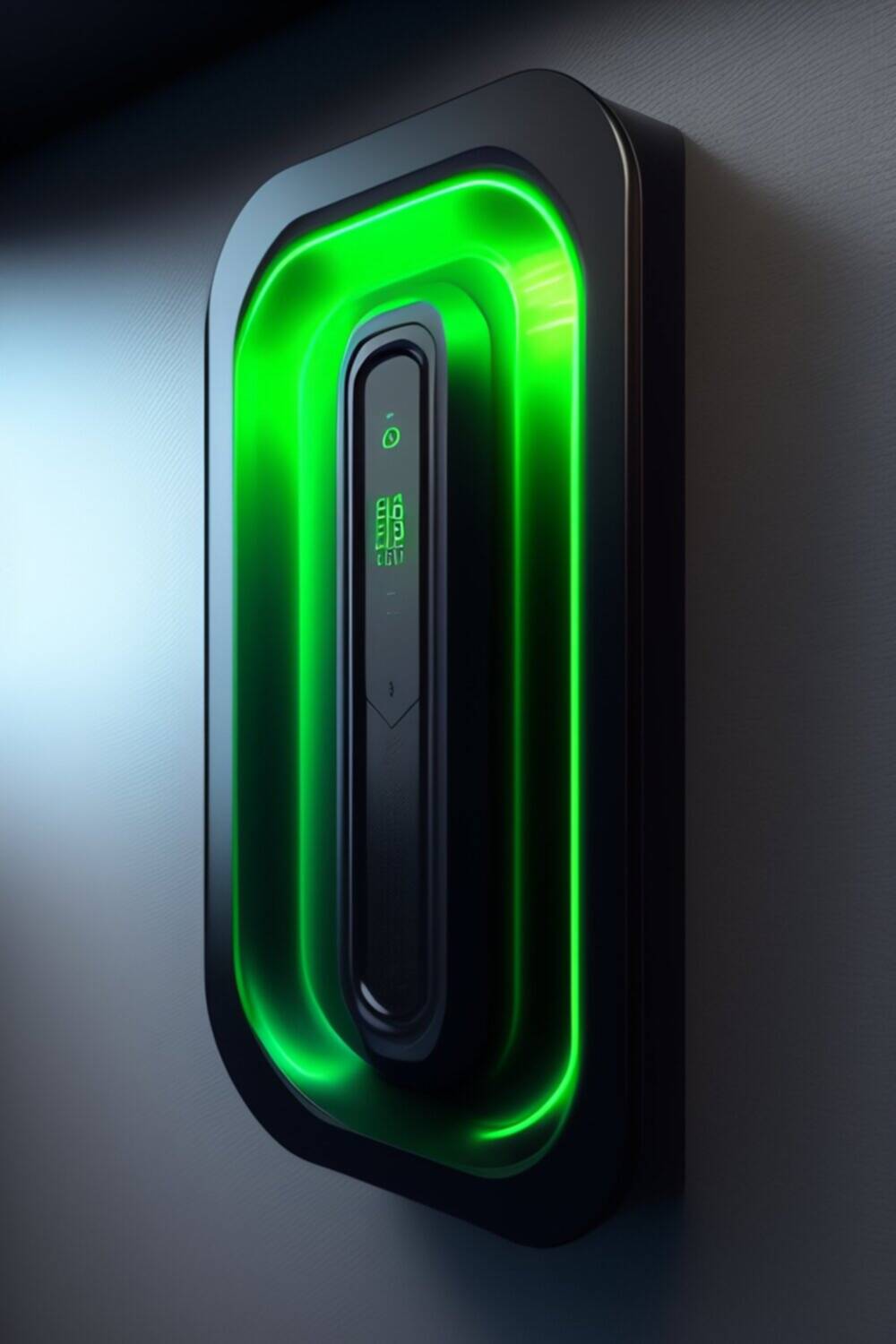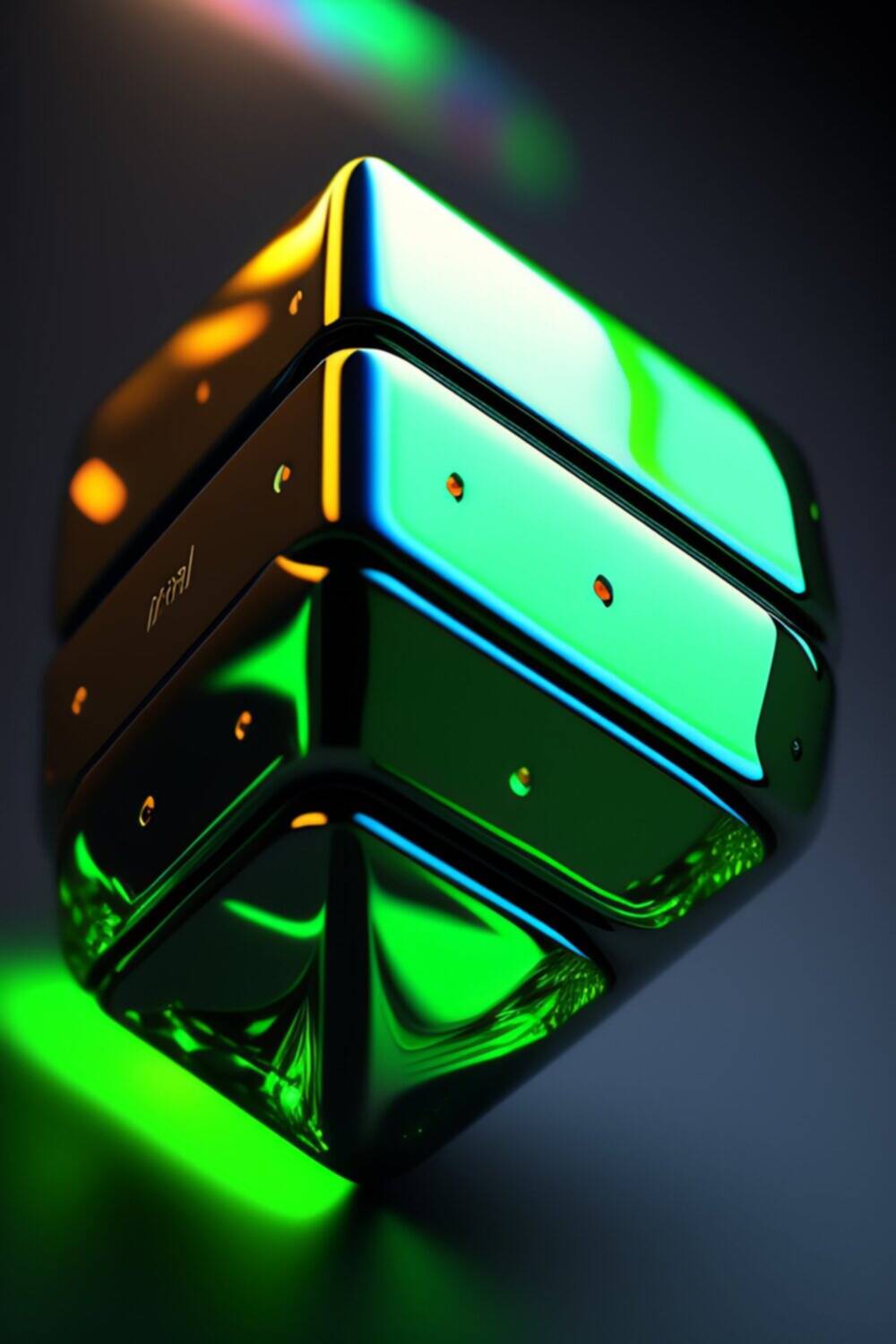Discover the benefits of choosing the Nvidia RTX 4090 for virtual reality. Explore how this high-performance graphics card enhances the visual experience, improves gameplay, future-proofs your VR setup, and overcomes hardware limitations.
Virtual reality (VR) has revolutionized the way we experience and interact with digital content. Whether it’s immersive gaming, virtual tours, or educational simulations, VR offers a new level of engagement and realism. To ensure a smooth and visually stunning VR experience, it is crucial to have a powerful graphics card, and Nvidia has been at the forefront of providing cutting-edge GPU technology. In this article, we will explore the benefits of choosing the Nvidia RTX 4090 for virtual reality.
Overview of Nvidia RTX 4090
The Nvidia RTX 4090 is the latest flagship graphics card from Nvidia, designed to push the boundaries of visual fidelity and performance. With its advanced architecture and state-of-the-art features, the RTX 4090 offers significant improvements over its predecessors. It boasts a higher number of CUDA cores, increased memory bandwidth, and improved ray tracing capabilities, making it an ideal choice for demanding VR applications.
Enhanced Visual Experience
One of the key advantages of the Nvidia RTX 4090 for VR is its ability to deliver an enhanced visual experience. The card’s advanced ray tracing technology enables realistic lighting, shadows, and reflections in virtual environments. With the RTX 4090, VR users can enjoy more immersive and visually stunning experiences, as the card can accurately simulate the behavior of light in real-time.
Moreover, the RTX 4090 offers higher resolution and frame rates, resulting in smoother visuals and reduced motion sickness. This is particularly crucial for VR, where a high level of visual fidelity and responsiveness is essential to maintain immersion and prevent discomfort.
Smooth and Responsive Gameplay
In addition to visual enhancements, the Nvidia RTX 4090 excels in providing smooth and responsive gameplay for VR enthusiasts. Its increased GPU performance ensures that even the most demanding VR applications run seamlessly. The RTX 4090’s processing power allows for complex physics simulations, detailed textures, and realistic particle effects, elevating the overall VR experience to new heights.
Furthermore, the RTX 4090 reduces latency and improves refresh rates, resulting in faster response times and smoother movements. This is particularly beneficial for VR gaming, where precise tracking and quick reactions are critical for an enjoyable and competitive experience.
Future-Proofing Your VR Setup
Investing in the Nvidia RTX 4090 ensures future-proofing your VR setup. The card is designed to support upcoming VR technologies and advancements, ensuring compatibility and optimal performance with future VR headsets. By choosing the RTX 4090, users can enjoy the latest features and improvements in VR without the need for frequent upgrades.
Moreover, the RTX 4090’s extended lifespan and compatibility with older VR headsets provide added value. Users can continue using their existing VR equipment while benefiting from the card’s enhanced performance and capabilities.
Optimized VR Development
For VR content creators and developers, the Nvidia RTX 4090 offers a range of tools and support to streamline VR development. The card’s enhanced rendering capabilities enable creators to design and render highly detailed and realistic VR environments. This allows for more immersive storytelling, training simulations, and architectural visualizations.
Additionally, the RTX 4090 supports Nvidia’s suite of developer tools, including the RTX Studio and VRWorks SDK, which provide optimized APIs and libraries for VR content creation. These tools simplify the development process and allow creators to unleash their creative potential in crafting engaging VR experiences.
Advanced Cooling and Power Efficiency
To maintain optimal performance during intense VR sessions, the Nvidia RTX 4090 incorporates advanced cooling solutions. The card features efficient cooling mechanisms that dissipate heat effectively, preventing thermal throttling and ensuring consistent performance over extended periods.
Furthermore, power efficiency is a significant advantage of the RTX 4090. The card utilizes advanced power management technologies, resulting in lower power consumption while delivering exceptional VR performance. This not only reduces energy costs but also contributes to a more sustainable VR setup.
Overcoming Hardware Limitations
In the world of VR gaming, hardware limitations can hinder the overall experience. The Nvidia RTX 4090 helps overcome these limitations with its innovative features. One such feature is Nvidia’s Deep Learning Super Sampling (DLSS) technology, which uses AI-powered upscaling to improve performance without sacrificing visual quality. DLSS enhances frame rates and overall smoothness, allowing users to maximize their VR experience even on less powerful systems.
By leveraging DLSS, the RTX 4090 delivers impressive performance gains, ensuring a seamless and immersive VR experience for users across various hardware configurations.
Pricing and Value for Money
Considering the price point of the Nvidia RTX 4090 is an essential aspect of the decision-making process. As a flagship graphics card, the RTX 4090 commands a premium price. However, it offers exceptional value for money for serious VR enthusiasts and professionals who demand the highest level of performance and visual fidelity.
The long-term value of investing in the RTX 4090 lies in its ability to provide an unparalleled VR experience both now and in the future. The card’s advanced features, compatibility with upcoming VR technologies, and extended lifespan ensure that users can enjoy top-tier VR experiences for years to come, making it a worthwhile investment.
Conclusion
The Nvidia RTX 4090 is a game-changing graphics card for virtual reality, offering a myriad of benefits for VR enthusiasts and content creators alike. With its enhanced visual experience, smooth gameplay, future-proofing capabilities, and optimized development tools, the RTX 4090 takes VR to new heights. Additionally, advanced cooling, power efficiency, and the ability to overcome hardware limitations further solidify its position as the go-to choice for those seeking the best VR experience possible. By investing in the Nvidia RTX 4090, users can unlock the full potential of virtual reality and immerse themselves in breathtaking worlds like never before.
Frequently Asked Questions (FAQs)
Can the Nvidia RTX 4090 handle VR gaming at high settings?
Yes, the Nvidia RTX 4090 is specifically designed to handle VR gaming at high settings. Its increased GPU performance, ray tracing capabilities, and advanced cooling ensure smooth and immersive VR gameplay even in demanding titles.
Is the RTX 4090 compatible with older VR headsets?
Yes, the Nvidia RTX 4090 is compatible with older VR headsets. It supports a wide range of VR devices, ensuring compatibility and optimal performance across various VR setups.
Does the RTX 4090 require additional power connectors?
Yes, the Nvidia RTX 4090 requires additional power connectors due to its high power requirements. It is recommended to check the specific power supply requirements and connect the necessary power cables for the card to function correctly.
What are the alternatives to the Nvidia RTX 4090 for VR?
Some alternatives to the Nvidia RTX 4090 for VR include the AMD Radeon RX 6900 XT and the Nvidia RTX 3080. These graphics cards offer excellent performance and are suitable for demanding VR applications.
Can the RTX 4090 improve non-gaming VR applications?
Yes, the Nvidia RTX 4090 can significantly improve non-gaming VR applications. Its advanced rendering capabilities, ray tracing technology, and increased performance contribute to more realistic and immersive experiences across various VR applications, such as architectural visualization, virtual training, and simulations.



